Growing vegetables from scratch aren’t as difficult as you may think! Some leafy greens and radishes can be fully ready to harvest as quickly as 3 to 4 weeks from a planted seed! How exciting is that?
There are tremendous benefits from growing vegetables: you’ll reduce waste, improve your health by eating more organicAn organic material is any material derived from plants, animals, fungi, or microbe sources (i.e. living things) and is biodegradable. 'Organic' can also refer to the gardening practice that involve zero use of chemicals as fertilizers, pesticides, etc. Plants grown organically are healthier and produce fruits with more quality. and fresh. Since it’s nearby and convenient, you’ll save money and trips to the grocery, not to mention beautifying your home and having the satisfaction of doing it yourself.

Don’t Be Intimidated
This doesn’t have to be a high-effort endeavor. It’s about as easy as growing herbs if you’ve tried that. While spoiling your plants with all the best grow lights, nutrients, fertilizers, and a temperature of exactly 73.914 °F year-round, may help, it’s not necessary to do so with most. Some plants are really low maintenance (thank goodness).
So, let’s get started! Whether you don’t have yard space, a great climate, or just prefer to keep things inside, these tips will be helpful for your upcoming project.
Here’s a list of some tried and true, easy to grow indoor vegetable plants for you to choose from, along with an estimated time it may take for you to harvest and eat your newly grown vegetables:
- Leafy Greens like Kale (70 days) or Spinach (50 days)
- Tomatoes (50 days)
- Beets (50 days)
- Radishes (30 to 40 days)
- Scallions (60 to 90 days)
- Potatoes (30 to 60 days)
- Celery (120 days)
- String/Pole Beans (50 to 60 days)
- Carrots (70 to 80 days)
- Bell Peppers (60 to 90 days)
Planting Vegetables from Scraps
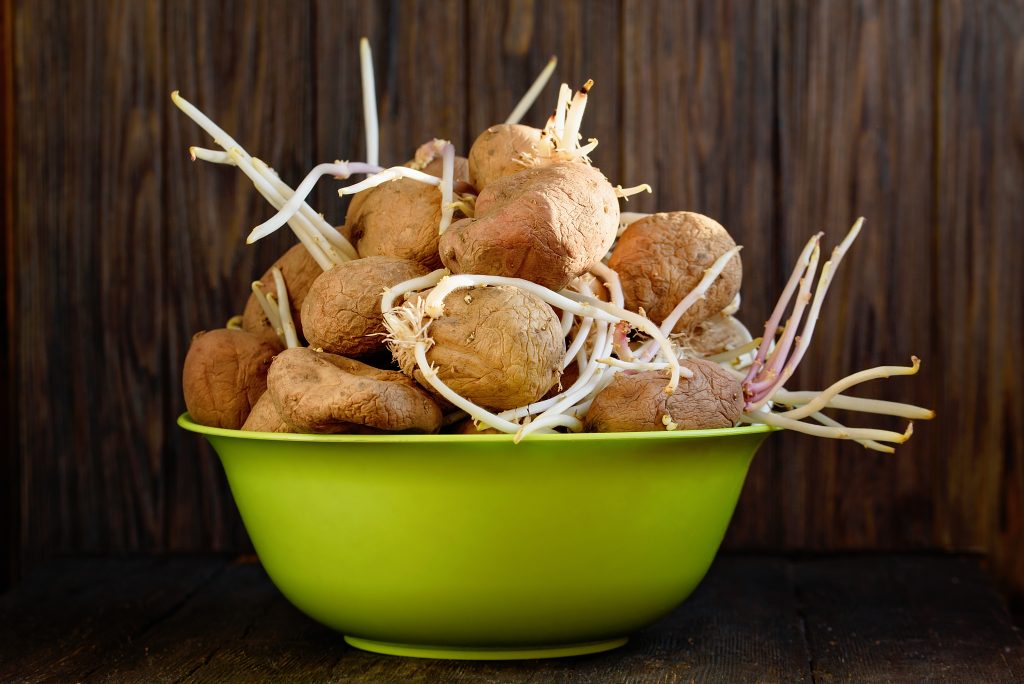
Luckily, in some cases, you will not even need to find seeds to start growing these beauties! It’s simple and fun to take a part of a sprouting potato or a celery end put it in water to start growing from scrap material. If you like a lengthy project, it’s really exciting to do this with an avocado.
Potatoes and celery are very popular to regrow from cuttings or scrap material. Though lesser-known, you can also do this with other vegetables such as Kale and Tomato!
Planting from Seeds
Some vegetables cannot be regrown from scraps, such as spinach and carrots (although you can regrow edible carrot greens from a carrot top). Sometimes, however, planting from seed is more reliable than trying to grow from scrap.
Whether you have a seed to plant or a new root to plant from your scrap regrowth, follow these instructions to start growing! As always, if you’ve bought a seed packet, be sure to read over any specific information given on the back of the package as this may be helpful.
Growing in Containers
Any container will do to start! Re-using plastic food containers is totally fine, or even burlap sacks! Just make sure there is a hole at the bottom to drain extra water. Ideally, place a few inches of pebbles or something of similar size and shape at the bottom of your pot to help drain the water, and something to catch the water that will come out of the bottom of your pot. Once your plants get bigger, you can transplant them to larger containers if needed (FYI, carrots and potatoes especially are going to need much deeper containers eventually, for space to grow underground).
Growing in Soil
If you have great soil in your yard or nearby, feel freeRefers to structures that are not attached to organs or any structure. For example, a petal free from the calyx. to use it! However, it can be beneficial to buy potting soil if you aren’t sure. There are kinds made especially for starting seedlings and vegetables that you can find at your local outdoor or home and garden store. If you’re a true beginner, that may give you peace of mind without breakingWhen buds start to grow at a point, it is called breaking. It can be delayed after pruning. the bank. Make sure your soil is quite wet to start with. If you’re potting a lot of new plants, it may help to mix all the soil with water first, before putting it into your containers.
Sunlight for Proper Growth

To start seedlings, you won’t have to worry much about sunlight. As a general rule, growing near a window is great so that the seeds receive some light. Most will do great with natural daylight (12 to 14 hours). Once they are larger, you’ll notice that different vegetables grow their best in different amounts of light. Kale, for example, can grow all year round indoors, but it definitely needs direct sunlight. If you notice that your plant has thin stems, small leaves, or is lighter in color, these are signs that it may need more light. LED “grow lights” can be used as a sunlight substitute in a darker or windowless room.
Conclusion
Be attentive to your indoor vegetable plants and with just a little patience and a smidge of effort you’ll soon have delicious fresh veggies without even leaving your house!
Which veggies did you decide to plant? Have you ever tried indoor growing? Tell us about it in the comments.




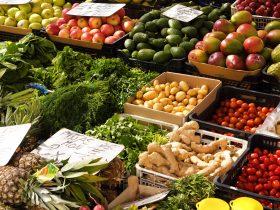

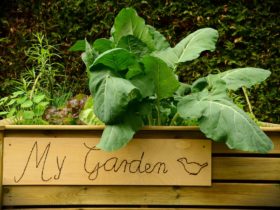
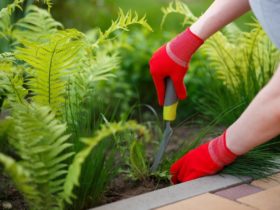
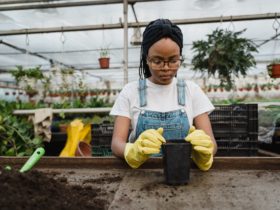
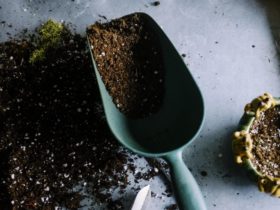

Leave a Reply